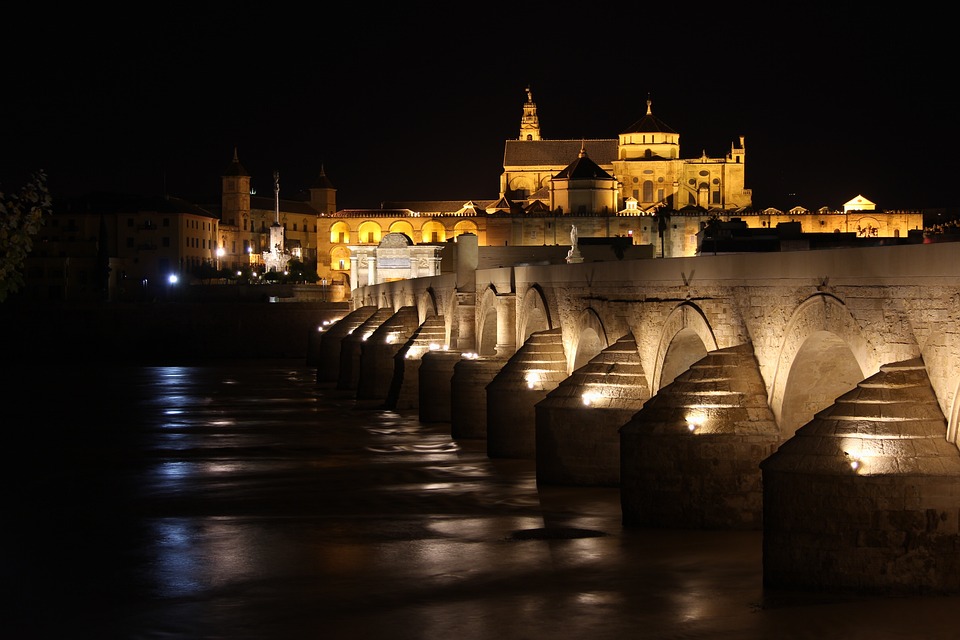Introduction
Cordoba’s Jewish Quarter, also known as Juderia, is a fascinating place that holds centuries of history and cultural significance. Located in the heart of the old city of Cordoba, Spain, this neighborhood is a testament to the coexistence of different religious and cultural communities throughout time. In this article, we will delve into the rich legacy of Cordoba’s Jewish Quarter, exploring its historical context, iconic landmarks, and its significance today.
The History of Cordoba’s Jewish Quarter
The Jewish presence in Cordoba dates back to the Roman era, but it was during the Islamic rule, from the 8th to the 15th century, that the Jewish community flourished. Cordoba became an intellectual and cultural center renowned for its tolerance towards non-Muslim inhabitants. Jewish citizens played a significant role in fields such as medicine, philosophy, and science, contributing to Cordoba’s reputation as the center of knowledge at that time.
The Monumental Synagogue
One of the most iconic landmarks in Cordoba’s Jewish Quarter is the Monumental Synagogue. Built in the 14th century, it is considered one of the best-preserved medieval synagogues in Spain. With its horseshoe arches and classic Mudejar architecture, visiting the Synagogue is like stepping back in time. Visitors can explore its prayer hall, rooftop terrace, and take a guided tour to learn more about the history and traditions of Cordoba’s Jewish community.
The Street of Flowers
El Callejón de las Flores, or the Street of Flowers, is another enchanting attraction in the Jewish Quarter. This narrow, picturesque street is lined with vibrant potted plants, creating a delightful and colorful ambiance. Walking through the Street of Flowers feels like strolling through a hidden oasis, offering a peaceful escape from the bustling city. It’s a perfect spot for capturing Instagram-worthy photos or simply enjoying a quiet moment amidst the beauty of nature.
The Alcazar de los Reyes Cristianos
While not directly part of the Jewish Quarter, the Alcazar de los Reyes Cristianos is a must-visit attraction nearby. This fortress-turned-palace played a crucial role in the history of Cordoba. It was here that Queen Isabella and King Ferdinand met Christopher Columbus to discuss his voyage to the New World. The Alcazar’s extensive gardens, ancient Roman mosaics, and stunning panoramic views of the city make it a captivating place to explore and learn about Cordoba’s past.
The Legacy Today
Cordoba’s Jewish Quarter is not just a place frozen in time; it is a vibrant neighborhood that continues to thrive. Today, it is home to a diverse community, with boutiques, restaurants, and artisanal shops bringing life to its historic streets. Visitors can savor traditional Sephardic cuisine, browse unique handmade crafts, or get lost in the labyrinthine cobblestone alleys, all while experiencing the unique atmosphere that only Cordoba’s Jewish Quarter can offer.
FAQs Section
1. How do I get to Cordoba’s Jewish Quarter?
Cordoba’s Jewish Quarter is conveniently located in the city center, making it easily accessible by foot or public transportation. If you’re coming from outside of Cordoba, you can reach the city by train or bus from major Spanish cities like Madrid or Seville and then explore the Jewish Quarter by walking or hiring a local guide.
2. Are there any guided tours available?
Yes, there are guided tours available to explore Cordoba’s Jewish Quarter and learn about its history. Local tour companies and knowledgeable guides offer various options, including walking tours that cover the main landmarks and provide valuable insights into the Jewish community’s legacy.
3. Are there any kosher restaurants in the Jewish Quarter?
Yes, Cordoba’s Jewish Quarter has a few kosher restaurants that offer traditional Jewish cuisine. These eateries provide an opportunity to taste delicious Sephardic dishes and experience the flavors of Cordoba’s Jewish heritage.
4. Can I visit the Jewish Quarter for free?
Yes, visiting Cordoba’s Jewish Quarter is free of charge. You can freely explore the narrow streets, visit the Synagogue, and discover the charming corners of this historic neighborhood at your own pace. However, guided tours or entrance fees to specific attractions may have associated costs.

